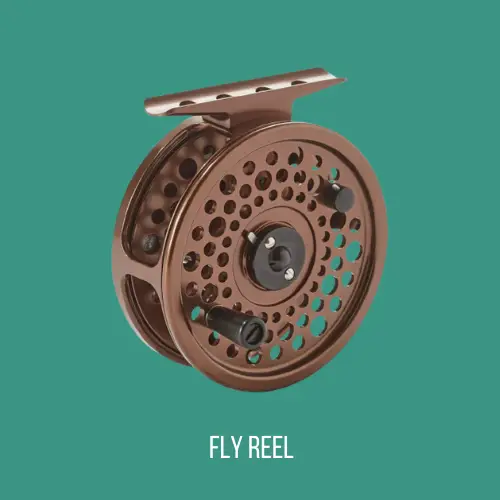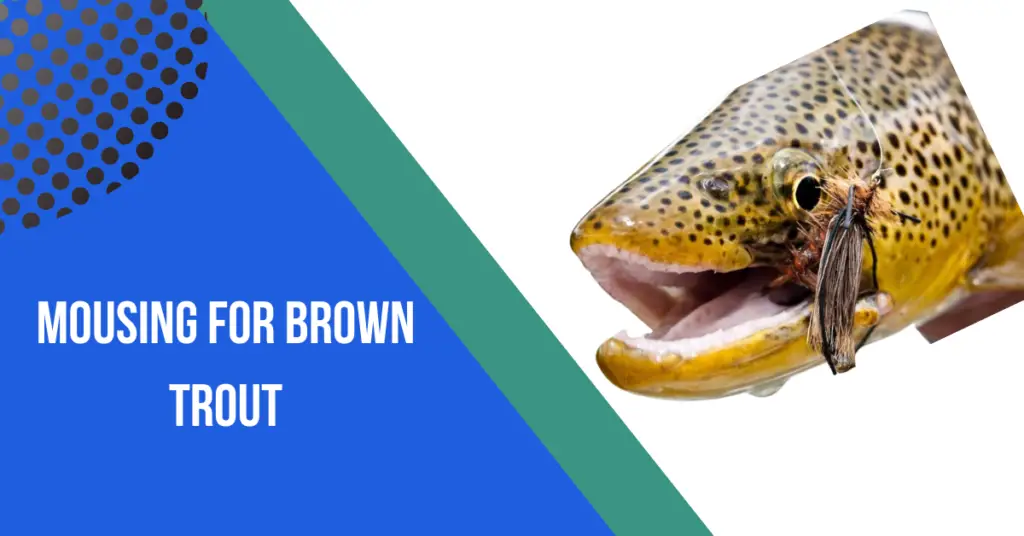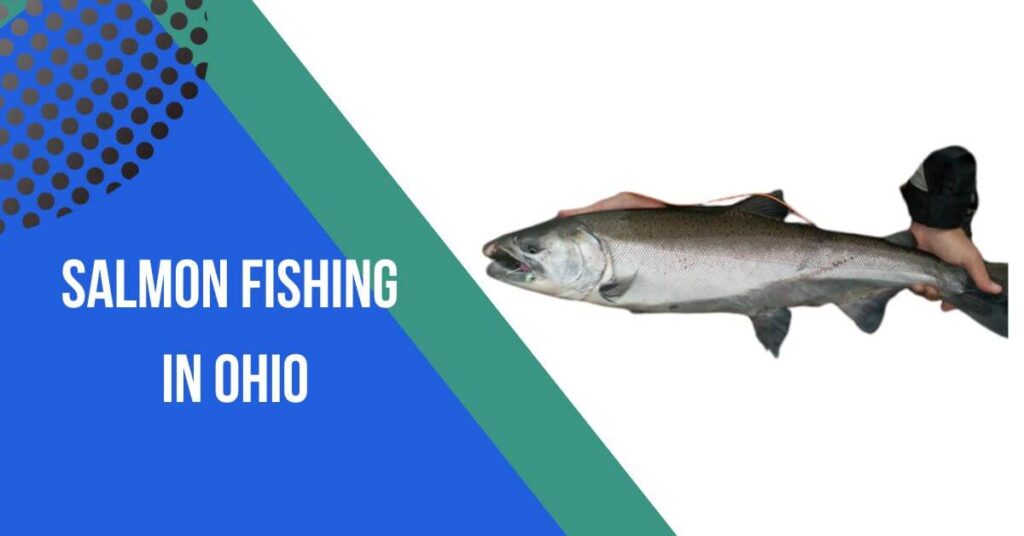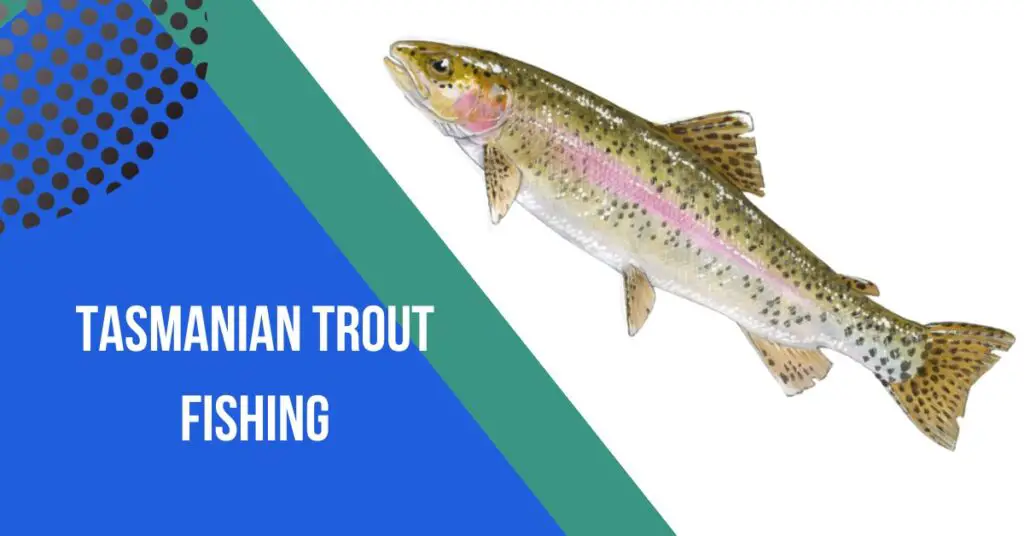Contents
- 1 Mousing For Brown Trout:
- 2 Nocturnal Feeding Habits:
- 3 Increased Activity at Night:
- 4 Ambush Predators:
- 5 Preying on Terrestrial Insects:
- 6 Sensitive to Light:
- 7 Hunting Near Structure:
- 8 Key Feeding Windows:
- 9 Essential Gear and Equipment:
- 10 Fly Rod:
- 11 Fly Reel:
- 12 Fly Line:
- 13 Leaders and Tippets:
- 14 Mouse Flies:
- 15 Polarized Sunglasses:
- 16 Headlamp or Flashlight:
- 17 Waders and Boots:
- 18 Casting Gloves:
- 19 Tackle Bag or Vest:
- 20 Mouse Fly Patterns:
- 21 Tips for Success:
- 22 Patience and Persistence:
- 23 Vary Your Retrieves:
- 24 Target Structure and Edges:
- 25 Pay Attention to Moon Phases:
- 26 Utilize Low-Light Conditions:
- 27 Stay Stealthy:
- 28 Adjust Fly Size and Color:
- 29 Monitor Water Temperature:
- 30 Learn to Read Water:
- 31 Practice Catch-and-Release Ethics:
- 32 FAQs:
- 33 Q: What is mousing for brown trout?
- 34 Q: Why do brown trout respond to mouse fly patterns?
- 35 Q: When is the best time to go mousing for brown trout?
- 36 Q: What gear is essential for mousing?
- 37 Q: How should I retrieve mouse flies for optimal success?
- 38 Q: Are there specific water structures to target when mousing?
- 39 Q: Is mousing catch-and-release friendly?
- 40 Q: What are the key challenges in mousing for brown trout?
Mousing for brown trout is an exhilarating method of fly fishing that involves using large, mouse-like patterns as lures to entice these elusive freshwater predators. This technique, often practiced in low-light conditions or during the night, mimics the natural behavior of mice falling into the water.
Anglers cast these oversized flies with deliberate movements, enticing strikes from brown trout lurking in the shadows. The challenge and excitement of mousing add a unique dimension to fly fishing, making it a favorite among those seeking a thrilling and unconventional angling experience.
Mousing For Brown Trout:
Mousing for brown trout is a specialized and thrilling fly-fishing technique that involves using large, mouse-shaped fly patterns to entice brown trout into striking. This method simulates the natural occurrence of mice falling into the water, exploiting brown trout’s predatory instincts.

Typically practiced in low-light conditions or during the night, mousing requires deliberate and strategic casting, often near structures where brown trout are known to lurk.
The appeal of mousing lies in the excitement of visual strikes and the challenge it presents to anglers, making it a unique and exhilarating approach to catching brown trout.
Nocturnal Feeding Habits:
Brown trout, known for their nocturnal feeding habits, exhibit a distinct preference for feeding during low-light conditions, particularly at night. Understanding these feeding habits is crucial for anglers practicing mousing for brown trout. Here are key aspects of their nocturnal feeding behavior:
Increased Activity at Night:
- Brown trout are more active and willing to feed during the night, seeking prey in the cover of darkness.
- The reduced visibility makes them bolder and less wary of potential threats.
Ambush Predators:
- Brown trout are ambush predators that rely on stealth and surprise to capture prey.
- They often patrol the shallows and edges of structures in search of food, waiting for an opportunity to strike.
Preying on Terrestrial Insects:
- During the night, brown trout are known to target terrestrial insects, including mice and other land-dwelling creatures that may accidentally fall into the water.
Sensitive to Light:
- Brown trout have sensitive eyes that are adapted to low-light conditions, providing them with a distinct advantage in hunting during the night.
Hunting Near Structure:
- Brown trout are more likely to be found near underwater structures, such as rocks, fallen trees, and riverbanks, where they can hide and stage ambushes.
Key Feeding Windows:
- While brown trout may feed opportunistically throughout the night, there are often key feeding windows, such as during moonlit nights or when certain insect hatches occur.
For anglers engaged in mousing for brown trout, recognizing and capitalizing on these nocturnal feeding habits is essential. By imitating the movements of mice and other nighttime prey, anglers can increase their chances of enticing strikes from these elusive and predatory fish during low-light conditions.
Essential Gear and Equipment:
Successful mousing for brown trout requires specialized gear and equipment to enhance the angler’s experience and increase the likelihood of a productive outing. Here are the essential items for mousing:
Fly Rod:
A 5 to 7-weight fly rod with a medium to fast action is recommended for mousing. This provides the necessary power for accurate casting and handling larger flies while maintaining sensitivity for detecting strikes.
Fly Reel:

Choose a reel with a smooth drag system and sufficient line capacity. Brown trout can be strong fighters, and a reliable reel helps control the fish during the fight.
Fly Line:
Opt for a weight-forward floating fly line, preferably with a short and powerful taper to facilitate casting large mouse patterns. Floating lines are essential for presenting the flies on or near the water’s surface.
Leaders and Tippets:
Use shorter leaders, typically in the range of 6 to 9 feet, tapered to turn over large flies. A strong and abrasion-resistant tippet, around 2X to 0X, is advisable to handle aggressive strikes and potential encounters with structure.
Mouse Flies:
Carry a selection of mouse fly patterns in various sizes and colors. These flies often feature deer hair or foam to create buoyancy and realistic movement on the water.
Polarized Sunglasses:
Essential for enhancing visibility and spotting fish, polarized sunglasses reduce glare on the water’s surface. This is particularly important when casting in low-light conditions.
Headlamp or Flashlight:
Since mousing often occurs during the night or in low-light conditions, a reliable headlamp or flashlight is crucial for navigating the fishing area, tying knots, and handling equipment.
Waders and Boots:
Depending on the fishing environment, breathable waders and sturdy boots with felt or rubber soles provide comfort and traction. This is especially important when navigating rocky riverbeds or uneven terrain.
Casting Gloves:
Protect your hands from abrasion during repetitive casting by using casting gloves. These gloves also provide a better grip when handling the fly line.
Tackle Bag or Vest:
Keep your gear organized and accessible with a tackle bag or vest. Ensure it has enough pockets to hold fly boxes, leaders, tippets, and other accessories.
By investing in the right gear for mousing, anglers can maximize their chances of success and fully enjoy the unique and thrilling experience of targeting brown trout with mouse fly patterns.
Mouse Fly Patterns:
Mouse fly patterns play a pivotal role in the success of mousing for brown trout, as they aim to mimic the natural movements and appearance of mice on the water’s surface.
These flies are typically larger and more buoyant than traditional patterns, often incorporating materials like deer hair or foam to create the necessary buoyancy and realistic silhouette.
The key to effective mouse patterns lies in their ability to provoke aggressive strikes from brown trout, triggering their predatory instincts.
Patterns with articulated joints can enhance the lifelike swimming action, enticing the fish to strike with greater enthusiasm. Anglers often carry a variety of mouse patterns in different sizes and colors to adapt to the changing conditions and preferences of the brown trout.
Experimenting with the presentation of these flies, such as incorporating pauses or erratic retrieves, adds an extra layer of realism that can be irresistible to these nocturnal predators.
Overall, the selection and skillful use of mouse fly patterns contributes significantly to the excitement and success of mousing for brown trout.
Tips for Success:
Achieving success in mousing for brown trout requires a combination of technique, strategy, and adaptability to the unique challenges presented by this exhilarating fishing method. Here are some tips to enhance your success when mousing:
Patience and Persistence:
Mousing can be a waiting game, especially during low-light conditions. Exercise patience and persistence, as brown trout may not strike immediately. Be prepared for potentially longer casting sessions.
Vary Your Retrieves:
Experiment with different retrieval techniques to mimic the natural movements of mice. Erratic pauses, subtle twitches, and varied speeds can trigger aggressive strikes from brown trout.
Target Structure and Edges:
Focus your casts near underwater structures, fallen trees, rocks, and the edges of the water where brown trout often lurk and ambush prey. Precision casting to these areas increases your chances of enticing strikes.
Pay Attention to Moon Phases:
Moonlit nights can enhance visibility and increase brown trout activity. Consider fishing during periods of significant moon phases, but be mindful of potential increased angler visibility.
Utilize Low-Light Conditions:
Mousing is particularly effective during low-light conditions, such as dawn, dusk, and night. Brown trout are more active and less wary during these times, making them more receptive to mouse patterns.
Stay Stealthy:
Move quietly along the banks and avoid unnecessary disturbances. Brown trout rely on their keen senses, and any disruptions could spook them. Keep a low profile and use stealthy casting techniques.
Adjust Fly Size and Color:
Be adaptable by trying different sizes and colors of mouse fly patterns. Brown trout can be selective, so having a variety of options allows you to match their preferences on any given day.
Monitor Water Temperature:
Brown trout are more likely to be active and feed in certain temperature ranges. Pay attention to water temperature, as it can influence the fish’s behavior. Warmer water temperatures may encourage more aggressive feeding.
Learn to Read Water:
Develop the ability to read the water to identify potential holding and feeding areas. Look for seams, eddies, and current breaks where brown trout may wait to ambush prey.
Practice Catch-and-Release Ethics:
Embrace catch-and-release practices to conserve brown trout populations. Handle fish carefully, use barbless hooks, and minimize stress to ensure their continued well-being.
By incorporating these tips into your mousing strategy, you can enhance your skills and increase the likelihood of success when pursuing brown trout with mouse fly patterns. Each outing provides an opportunity to refine your approach and what works best in different fishing conditions.
Conclusion:
In conclusion, mousing for brown trout offers anglers a thrilling and unique fly-fishing experience. The technique, involving the use of large mouse-like fly patterns, taps into the nocturnal feeding habits and predatory instincts of brown trout.
Success in mousing requires patience, adaptability, and a keen understanding of the fish’s behavior. By choosing the right gear, casting techniques, and experimenting with different mouse fly patterns, anglers can elevate their chances of enticing strikes from these elusive and aggressive trout.
As the sun sets and darkness falls, the excitement of mousing comes alive, providing anglers with memorable moments and a connection to the thrill of fly fishing.
FAQs:
Q: What is mousing for brown trout?
A: Mousing for brown trout is a specialized fly-fishing technique where anglers use large, mouse-shaped fly patterns to mimic the natural movements of mice on the water’s surface. This method is particularly effective during low-light conditions or at night, capitalizing on brown trout’s nocturnal feeding habits.
Q: Why do brown trout respond to mouse fly patterns?
A: Brown trout are opportunistic predators, and mouse fly patterns resemble a substantial food source, triggering their predatory instincts. The large, buoyant flies create a realistic silhouette on the water, enticing brown trout to strike aggressively.
Q: When is the best time to go mousing for brown trout?
A: Mousing is most effective during low-light conditions, such as dawn, dusk, and night. Brown trout are more active and less wary during these times, increasing the likelihood of successful strikes. Moonlit nights can also enhance visibility.
Q: What gear is essential for mousing?
A: Essential gear for mousing includes a 5 to 7-weight fly rod, a reliable reel with a smooth drag system, a weight-forward floating fly line, leaders and tippets in the 2X to 0X range, and a selection of mouse fly patterns. Polarized sunglasses, a headlamp or flashlight, waders, and boots are also crucial.
Q: How should I retrieve mouse flies for optimal success?
A: Experiment with different retrieval techniques to mimic the natural movements of mice. Varied retrieves, including erratic pauses, subtle twitches, and changes in speed, can trigger aggressive strikes from brown trout.
Q: Are there specific water structures to target when mousing?
A: Focus on casting near underwater structures, such as rocks, fallen trees, and the edges of the water. Brown trout often lurk in these areas, using them as ambush points to prey on mice and other terrestrial insects.
Q: Is mousing catch-and-release friendly?
A: Yes, mousing can be done with catch-and-release practices. Handle fish carefully, use barbless hooks, and minimize stress to ensure the well-being of brown trout populations.
Q: What are the key challenges in mousing for brown trout?
A: Challenges include adapting to changing conditions, dealing with the nocturnal nature of the activity, and overcoming potential obstacles like structure snags. Developing skills in reading water and understanding brown trout behavior can help anglers overcome these challenges.








